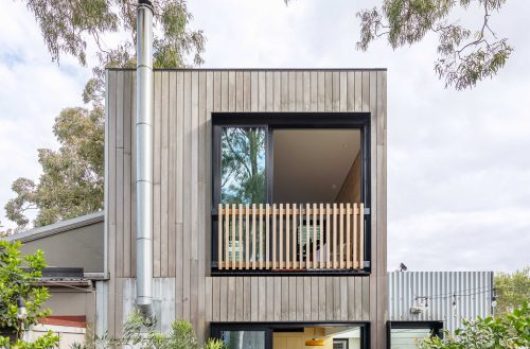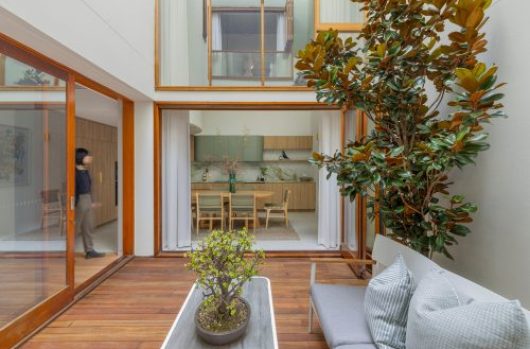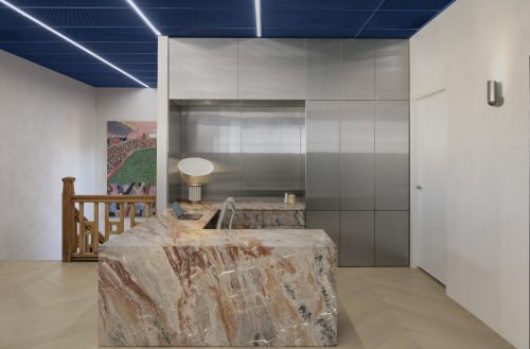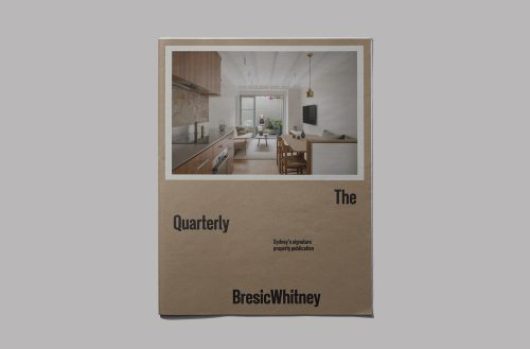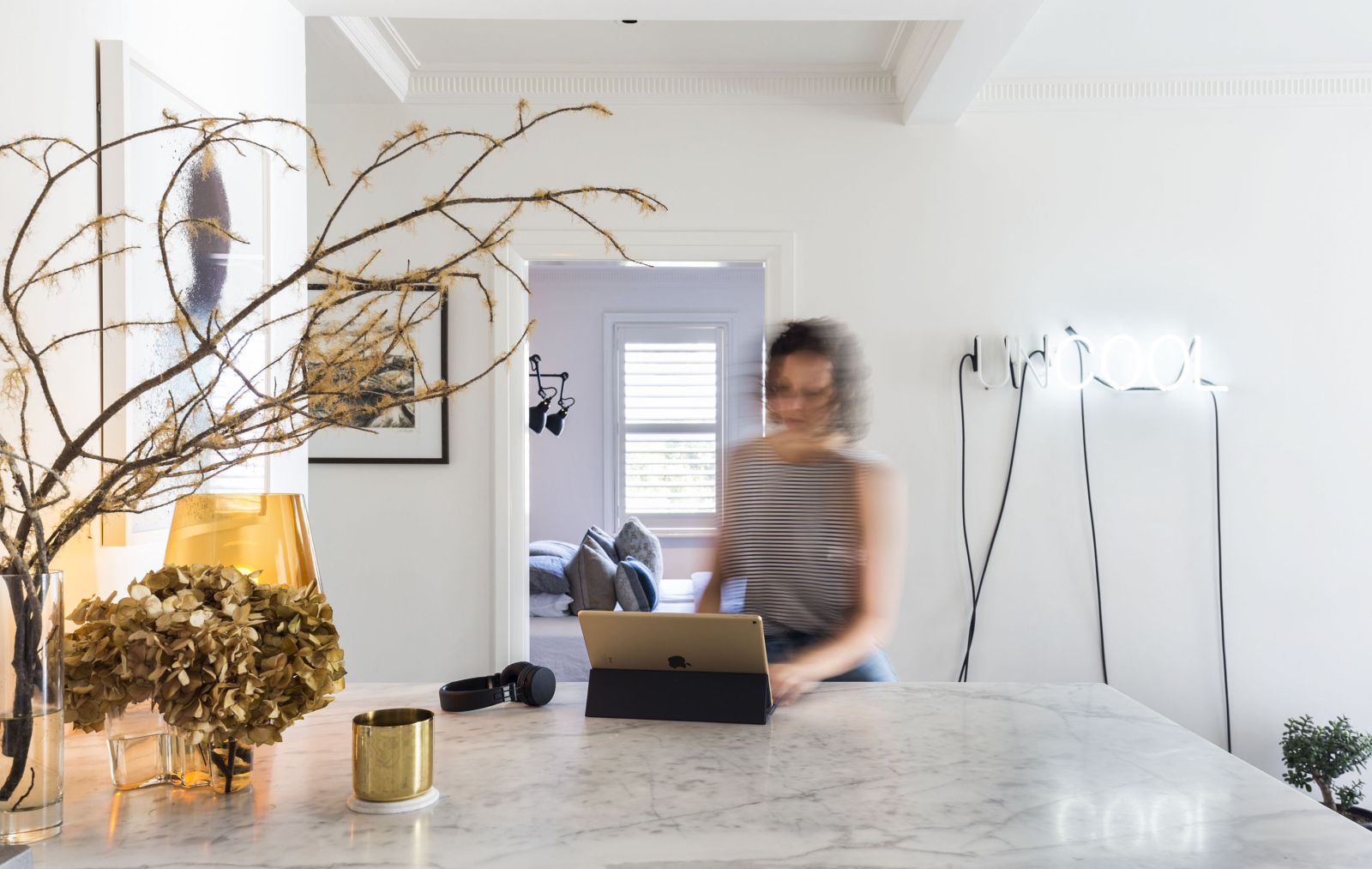
Landlords… the tenants’ market is here
As Sydney residents enjoy the most tenant-friendly conditions in years, many landlords are getting creative to secure new renters.
Switching rental properties in the past decade meant long lineups to inspect the best terraces, and being let inside in groups of 10 people at a time. Now halfway through 2018, it’s no longer happening. The tenants’ market is here.
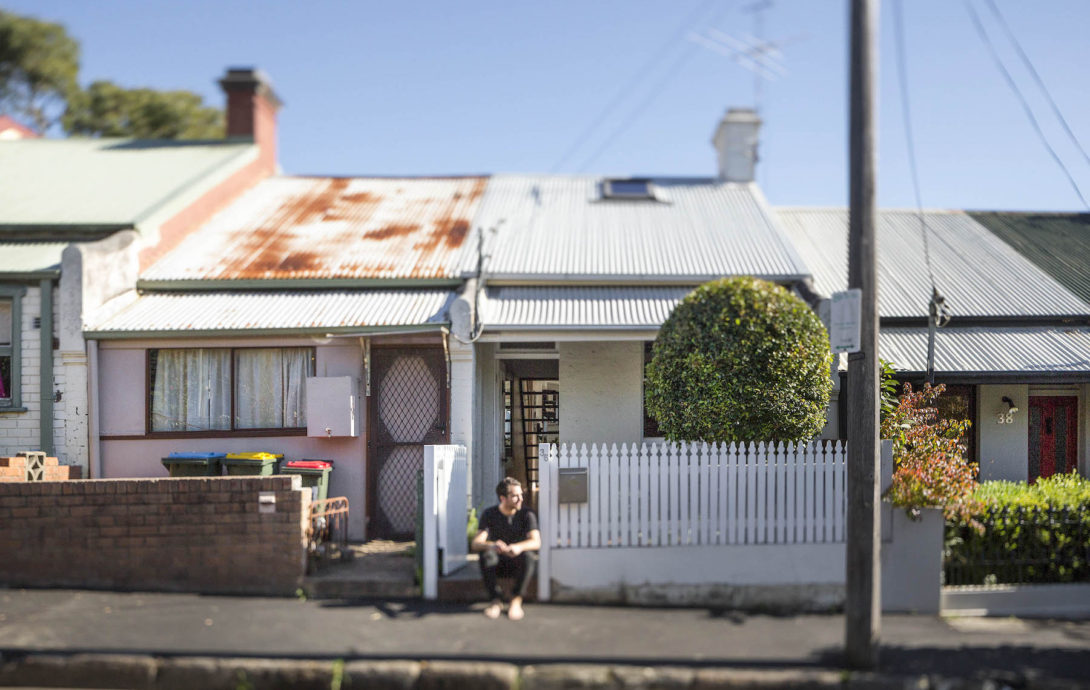
Vacancy rates have risen across Sydney and this time, the biggest changes have hit inner city suburbs. According to the Real Estate Institute of NSW’s Vacancy Rate Survey, availability had risen 0.3 percentage points to 2.5 per cent for Sydney.
On our front lines, certain BresicWhitney homes that would always lease on first inspection might take three to four opens to be successful. Where Sydney used to see six groups per appointment, it’s down to two.
It’s happening for a few reasons. Some we’ve seen before. Some are new.
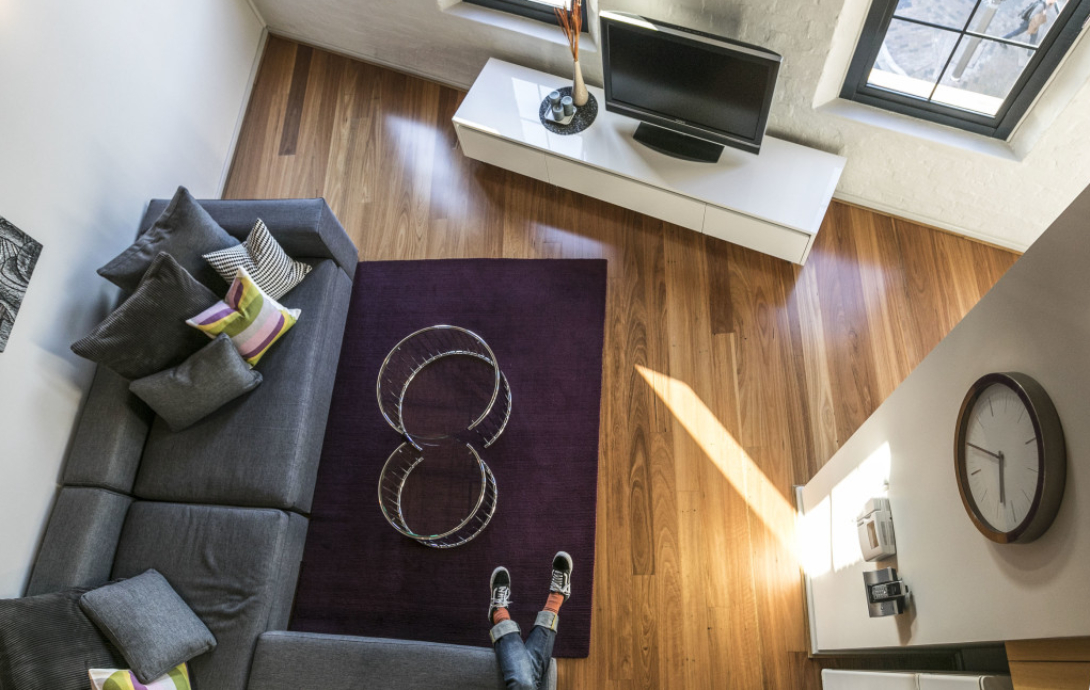
For example, Marrickville today has around 30 one-bedroom apartments available for rent of similar price and offering, and around 40 two-bedders. City owners have had choice over their tenants for a decade. Now tenants have the choice.
New suburbs are on the radar for inner-city renters and the city has plenty of developments from which to choose: Mascot, Green Square, Waterloo, Alexandria, Zetland, Rosebery, Glebe, Gladesville, Ryde, Dulwich Hill and Summer Hill. Supply and demand is playing a new role in tenants’ favour.
The people renting in these areas are ex residents of Paddington, Potts Point, Elizabeth Bay, Surry Hills and Darlinghurst. These original ‘village suburbs’ have been bulletproof for a decade and people would pay a premium to live there. Now that these villages have spread, so too has the willingness to live further from the CBD.
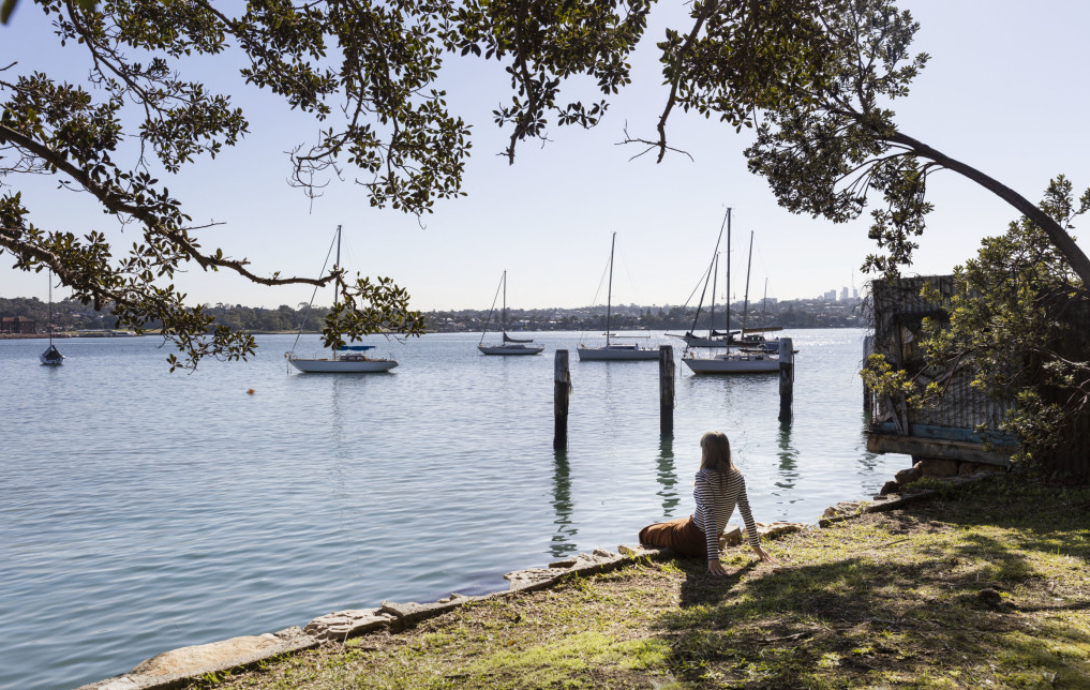
Inner West people are looking further out with new transport links fuelling price sensitivity. They’re interested in suburbs with similar lifestyle offerings that save them $100 or $200 a week.
Take Camperdown where a chunk of offerings are 2-bedroom homes of $750 a week. We’re seeing those tenants now happy to head for Dulwich Hill where a similar pad is $550 a week. The Dulwich Hill folk are then moving to areas around Concord or further for a similar community, and parallel transport options.
The conditions are new for long-term landlords in suburbs where annual price hikes are the norm. Some have been offering discounts for the first time ever, up to 20%.
Others have renovated to achieve higher rents, and then leasing at the same price as before. New developments across the city have set new standards and expectations here.
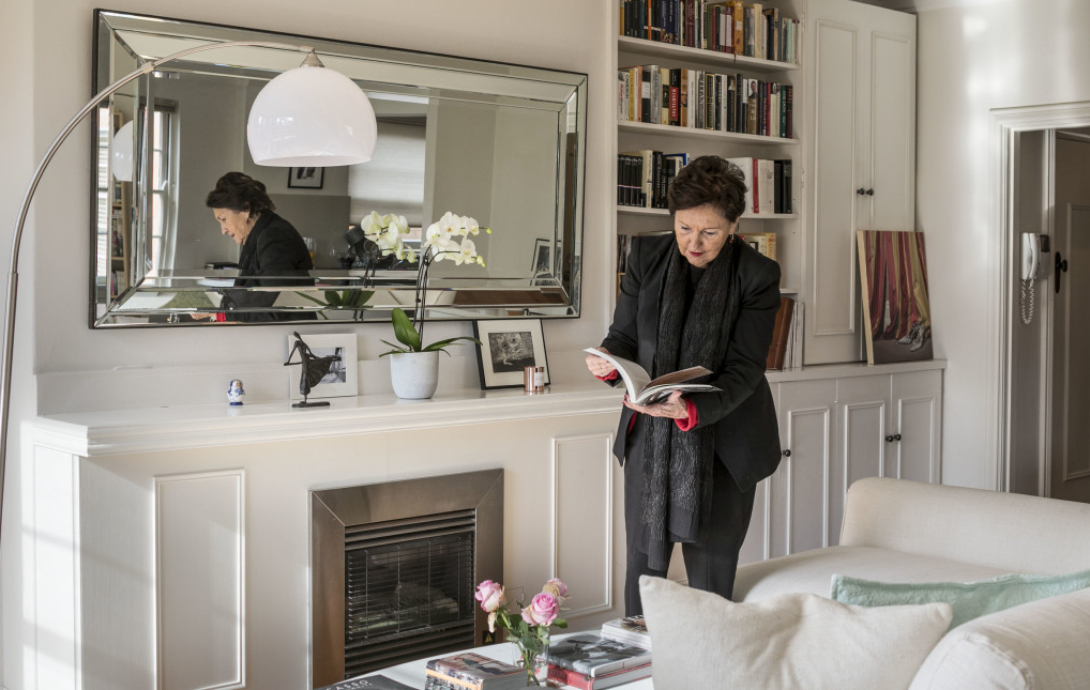
One home in Bellevue Hill was freshly updated, and is now asking the same rent as it previously achieved.
Many who have accepted the new market are stabilising rents, enticing tenants stay on.
Even sought-after properties can be hit. The apartments in the Griffiths Tea building were one of the great drawcards of the past five years. But they have been tough to on-sell.
When 7.02/46-52 Wentworth Street, Surry Hills hit the leasing market the owner wanted a realistic ‘rent it tomorrow’ campaign, not a waiting game.
A terrace at 211 Palmer Street, Darlinghurst used to lease for $1200 a week before achieving even more as a short-term rental. When it was recently re-launched, it dropped to $1000 and was leased after the first inspection.
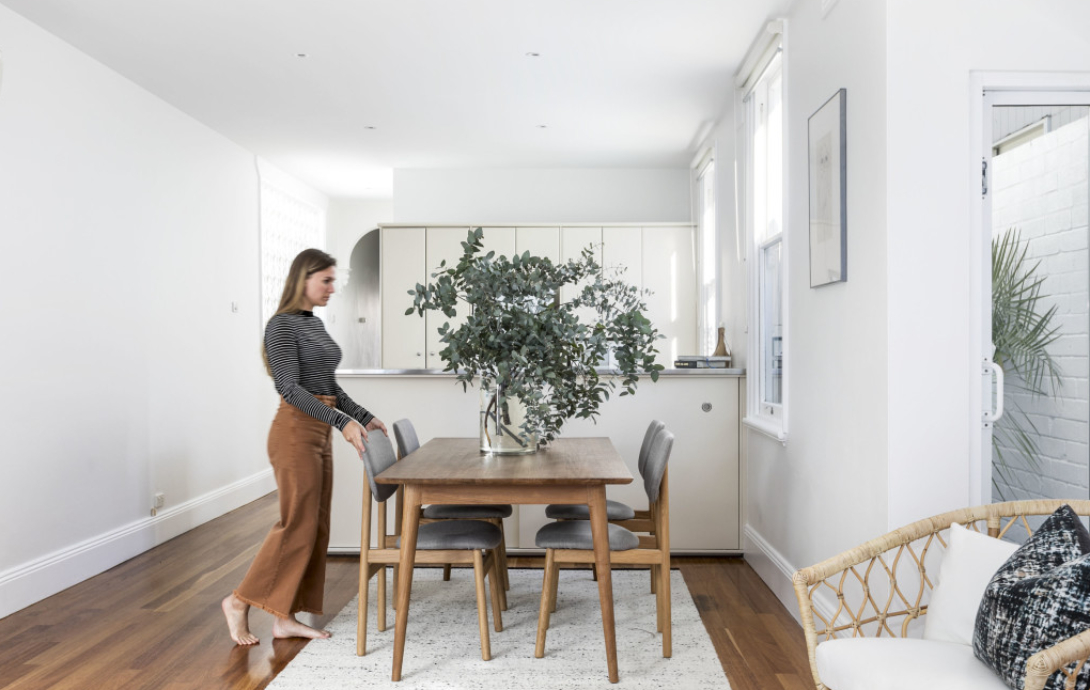
With the popular 457 visas a thing of the past, fewer international applicants are filling the gaps in transient suburbs such as Potts Point and Darlinghurst. Even Kings Cross has becomes more long-term residential.
The trend to have economic centres away from the CBD is also affecting the market. If a household has two people working in separate locations, they’re more inclined to think about their genuine needs, searching with more price sensitivity across a wider area.
As Western Sydney continues to grow and deliver more employment, it could further shift demand and correct prices.
Tenants just wanted to see a good deal. And the idea of ‘value’ is changing in Sydney, big time.
